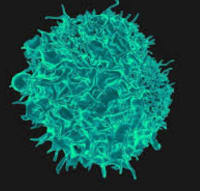Description
This is the course 1 of a three course specialization called Fundamentals of Immunology. Each course in the specialization presents material that builds on the previous course's material. This is the first leg of a three-part journey through the defenses your body uses to keep you healthy. In this part we hope to give you the vocabulary and concepts you need to interact with the medical community and to provide them in a context that makes them memorable. Fundamentals of Immunology introduces students to the basic functions of the adaptive and innate immune systems. The early lectures survey cells, tissues and organs using metaphors, cartoons and models to improve understanding and retention. After describing the form, function, origin and varieties of antibodies, subsequent lectures provide details on the mechanism of the generation of variation. The course provides animations of gene rearrangement and class switching and descriptions of affinity maturation correlated with detailed physical models of antibody structure. The final lecture reviews these concepts in anatomical context. Testing employs multiple choice questions testing facts, concepts, and application of principles. Questions may refer to diagrams, drawing and photographs used in lecture and reproduced in the outline. What You’ll Learn: The difference between adaptive and innate immune systems, the characteristics of various pathogens that they protect you from and the overall strategies employed in this protection. The detailed structure of antibodies and related immunoglobulin receptors, the characteristics and function of the different antibody classes and the mechanism for producing both the recognition regions and stem regions. Finally, how these structures are coded for in the DNA and expressed in the B cells.









